???THE CHILD MIGHT ACTIVATE THE FLASH FROM TOO CLOSE AND
CAUSE DAMAGE TO HIS OR HER EYES.
???THE CHILD MIGHT DAMAGE THE FLASH.
4.BATTERY FLUID MAY LEAK, GENERATING HEAT AND POSSIBLY
CAUSING A FIRE OR EXPLOSION.
???DO NOT USE NON-RECOMMENDED BATTERIES.
???DO NOT THROW BATTERIES INTO A FIRE, OR EXPOSE TO HEAT.
???DO NOT DISASSEMBLE THE UNIT WITH BATTERIES INSIDE.
???DO NOT USE NEW BATTERIES AND OLD BATTERIES TOGETHER.
DO NOT MIX DIFFERENT TYPES OF BATTERIES OR DIFFERENT
MANUFACTURERS' BATTERIES.
???DO NOT CHARGE ALKALINE BATTERIES.
???KEEP UNLOADED BATTERIES OUT OF THE REACH OF INFANTS
AND CHILDREN. IF AN INFANT OR CHILD SWALLOWS THE
BATTERIES, CONTACT A PHYSICIAN IMMEDIATELY.
???DO NOT LOAD THE BATTERIES IN THE OPPOSITE DIRECTION TO
THAT SHOWN IN THESE INSTRUCTIONS.
5.DO NOT STORE THE FLASH IN HUMID OR DUSTY PLACES. THIS
MAY CAUSE FIRE OR ELECTRIC SHOCK.
6.DO NOT COVER THE FLASH WITH YOUR HAND DURING
OPERATION. DO NOT TOUCH THE FLASH AFTER FIRING IT
CONTINUOUSLY. YOU MAY GET BURNED.
7.IF YOU DROP THE FLASH IN WATER OR GET WATER INSIDE IT,
UNLOAD THE BATTERIES IMMEDIATELY AND CONTACT YOUR
NEAREST OLYMPUS SERVICE CENTER. LEAVING BATTERIES IN A
WET CAMERA MAY CAUSE FIRE OR ELECTRIC SHOCK.
8.A HIGH-VOLTAGE CIRCUIT IS INSIDE THE FLASH. NEVER
DISASSEMBLE OR MODIFY THE FLASH. IT MAY CAUSE ELECTRIC
SHOCK OR INJURY.
9.TO PREVENT THE FLASHTUBE FROM OVERHEATING AND
DETERIORATING, DO NOT EMIT LIGHT IN MAXIMUM ILLUMINATION
MORE THAN 20 TIMES IN SUCCESSION. AFTER 20 SUCCESSIVE
EMISSIONS, STOP EMITTING FOR 10 MINUTES TO COOL DOWN
THE FLASHTUBE.
 CAUTION
CAUTION
1.IF YOU NOTICE AN UNUSUAL SMELL, NOISE, OR SMOKE
EMITTING FROM THIS FLASH, UNLOAD THE BATTERIES
CAREFULLY TO AVOID BEING BURNED. CONTACT YOUR
NEAREST OLYMPUS SERVICE CENTER IMMEDIATELY.
2.THIS PRODUCT IS SPECIFICALLY DESIGNED FOR CAMERAS
MANUFACTURED BY OLYMPUS. IF THE FLASH IS MOUNTED ON
CAMERAS MADE BY MANUFACTURERS OTHER THAN OLYMPUS,
THE CAMERA AND THE FLASH WOULDN'T WORK OR, AT THE
WORST , WOULD BE DAMAGED.
3.UNLOAD THE BATTERIES WHEN NOT USING THE FLASH FOR
LONG PERIODS. BATTERY HEAT GENERATION OR FLUID LEAK
MAY CAUSE A FIRE OR INJURY.
4.DO NOT USE THE FLASH IF THE BATTERY FLUID HAS LEAKED.
LEAKED BATTERY FLUID MAY CAUSE A FIRE OR ELECTRIC
SHOCK. CONTACT YOUR NEAREST OLYMPUS DEALER OR
OLYMPUS SERVICE CENTER.
5.DO NOT OPERATE THE FLASH WITH WET HANDS AS YOU MAY
GET AN ELECTRIC SHOCK.
6.DO NOT STORE THE FLASH IN ANY PLACE EXPOSED TO
EXCESSIVE HEAT. THIS MAY WEAKEN THE PARTS OR CAUSE A FIRE.



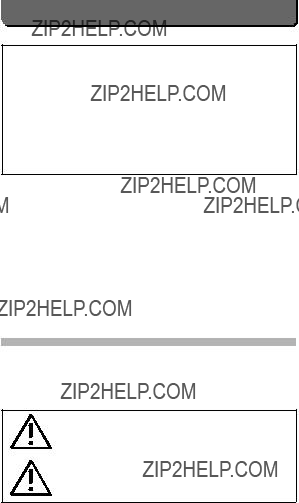
 WARNING
WARNING
 CAUTION
CAUTION

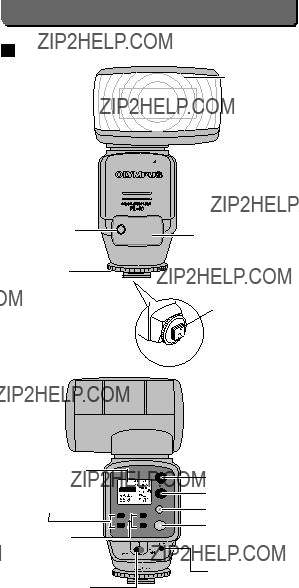
 Battery compartment cover
Battery compartment cover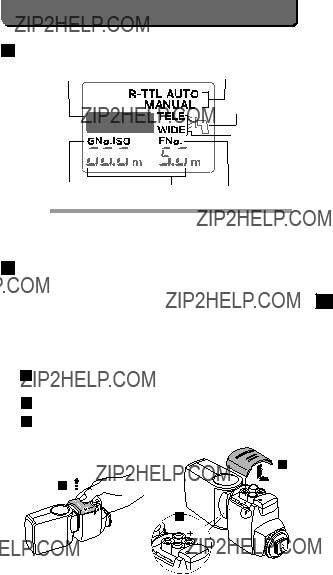



 ???
???




 Slide the flash into the
Slide the flash into the 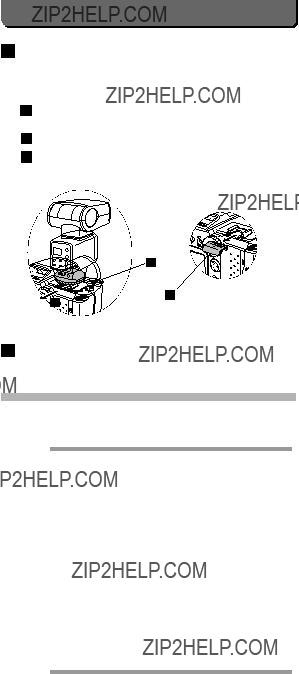
 2
2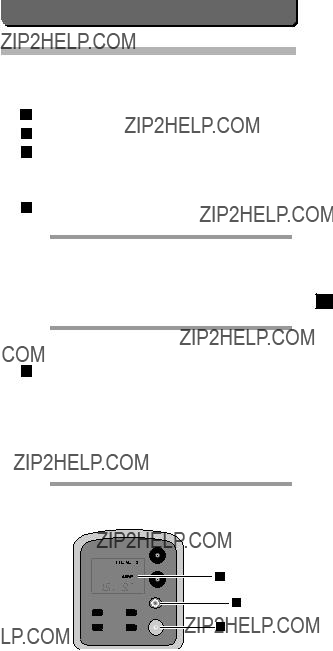
 Check that the flash's control panel shows either "TTL AUTO " , "R- TTL AUTO" or " AUTO" for the flash mode, "TELE" or "WIDE" for the zoom mode, and auto focal distance.
Check that the flash's control panel shows either "TTL AUTO " , "R- TTL AUTO" or " AUTO" for the flash mode, "TELE" or "WIDE" for the zoom mode, and auto focal distance. Compose the picture and push the shutter release button down all the way.
Compose the picture and push the shutter release button down all the way.

 Check the Charged lamp lights up.
Check the Charged lamp lights up. Press the shutter release button down all the way.
Press the shutter release button down all the way.





 Press the shutter release button down all the way.
Press the shutter release button down all the way.

 Set the focal distance with the GNo/ISO up/down buttons.
Set the focal distance with the GNo/ISO up/down buttons.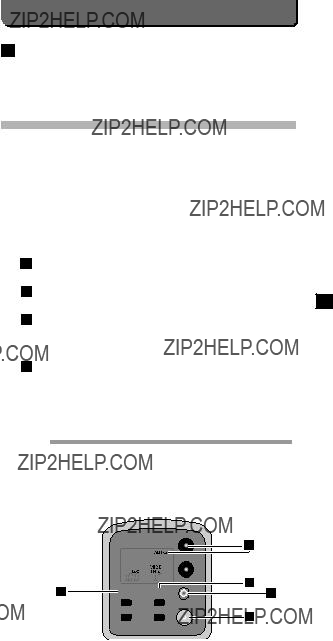
 Check that the CHARGED lamp is lit.
Check that the CHARGED lamp is lit. Check that the AUTO CHECK lamp blinks.
Check that the AUTO CHECK lamp blinks.



 appears on the flash's control panel.
appears on the flash's control panel. by pressing the T/W button down while appears.
by pressing the T/W button down while appears.


